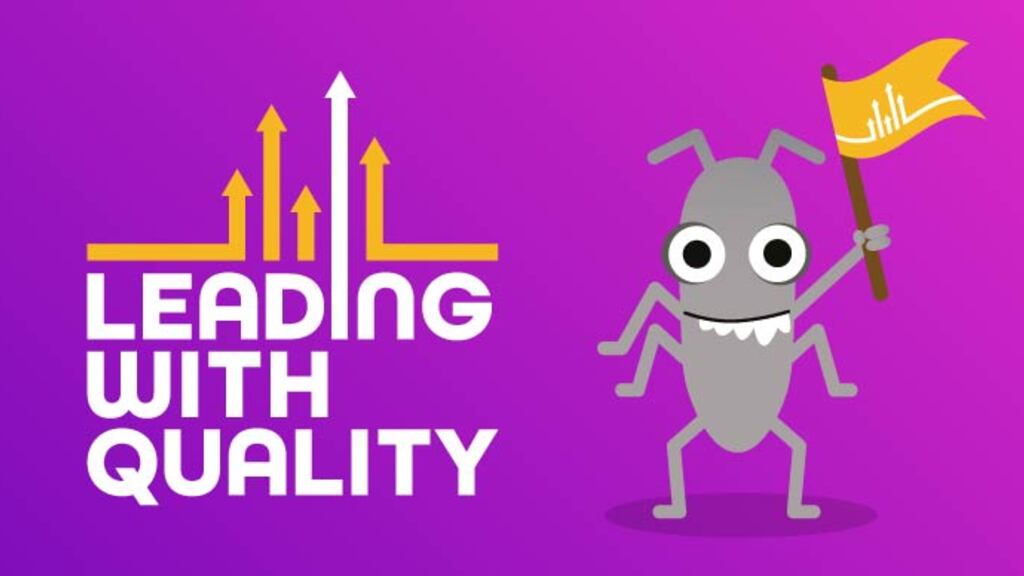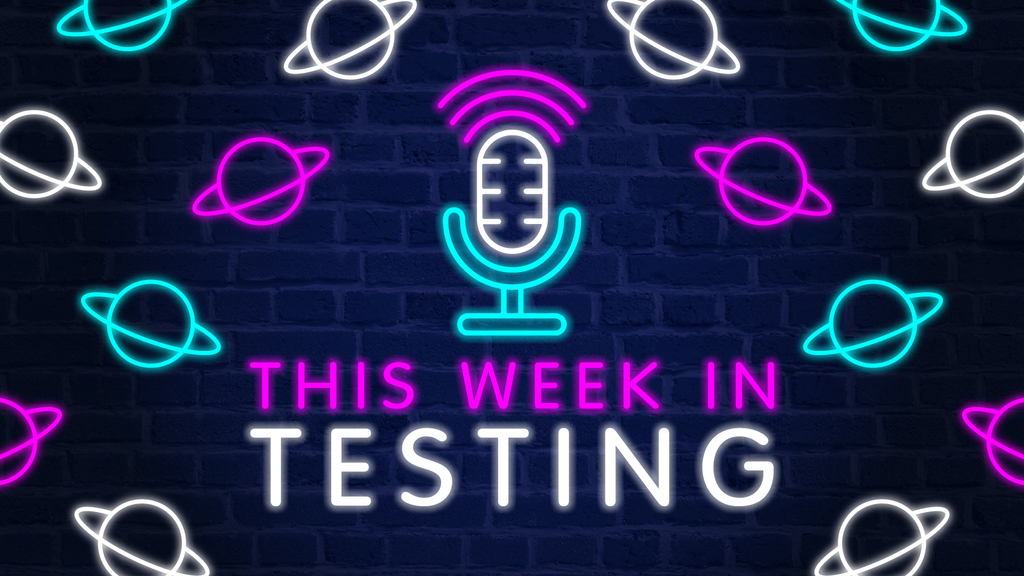What is technical debt?
Technical debt in software development is mostly focused on non-optimised code but can also include things like out of date documentation. Quite often a product of time constraints, software is developed quickly to meet deadlines and opportunities to improve or refactor cannot or are not taken.
Technical debt can show up in the form of overly complex code due to adding more lines rather than integrating them. Duplicated functionality rather than a common method. A lack of unit or integration tests. Using older versions of components like libraries when new ones are available.
Technical debt going unaddressed for long periods of time can lead to product impacts like slow loading or processing times, security vulnerabilities and lack of support through outdated documentation or just a general lack of reliable information.





